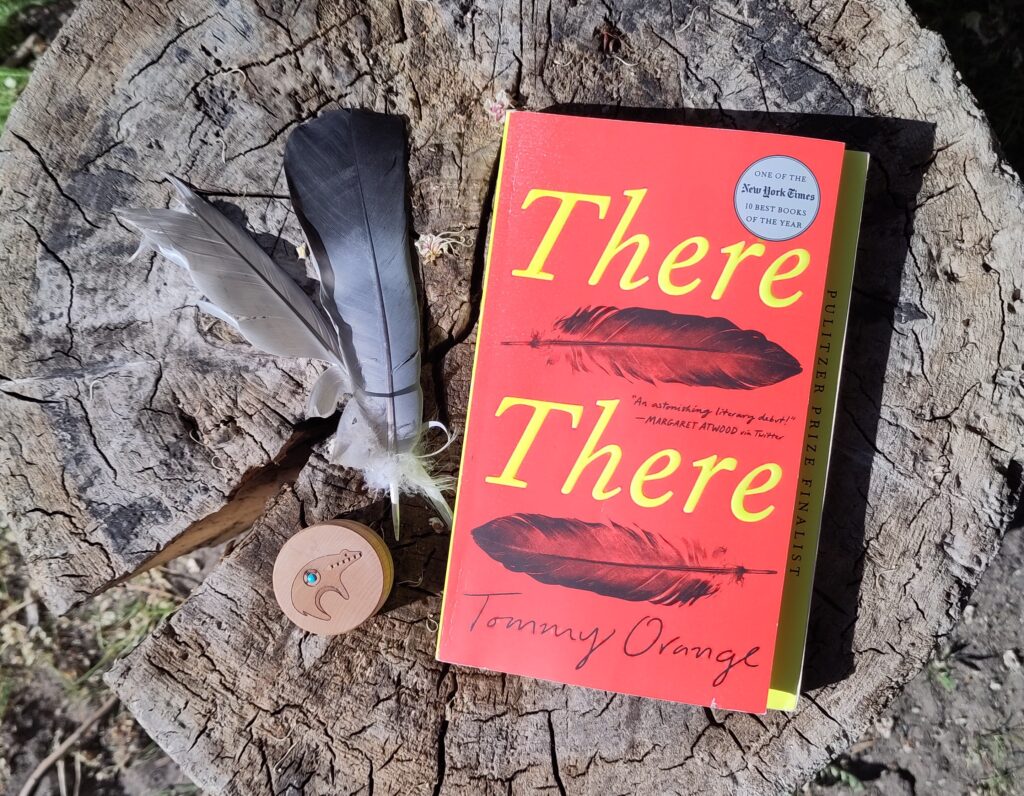My mom loves Native Americans. She read all the books with them that were available in Soviet Estonia in the 80s. The Last of the Mohicans was, and probably still is her all-time favourite movie. She could tell at least the more prominent tribes apart by their face paints, hair and clothing. I guess she was so into another culture because, like me, she didn’t quite feel at home in the one she was born into. And with her naturally raven black hair, she did stand out among the classically potato-peel-brown-haired Estonians. In addition, she grew up riding and loving horses and so has that in common with the people she so adores.

Of course, this love rubbed off on me a bit. I was never as fascinated as her, but I do have a lot of respect and admiration for Native American beliefs and love for nature. I guess this also influenced me to do my best to leave a relatively small footprint on our world. We are, after all, borrowing this world from our children!
Years ago I did read and liked the first four books in Cooper’s Leatherstocking Tales series. Of course, those books and movies don’t paint an entirely real picture and often romanticise the times when native people were slaughtered and forced off their land. But they were widely available, contemporary literature about Indians on the other hand is quite a rarity.
So when I stumbled on Tommy Orange’s book There There about “Urban Indians” in a thrift shop, I was intrigued. The Pulitzer Prize (and a bunch of other literary awards) nominated book “follows twelve characters from Native communities: all travelling to the Big Oakland Powwow, all connected to one another in ways they may not yet realize. “
I liked some of the characters* and their stories a lot, but there were too many for me to form an actual connection with. I guess it is logical that a lot of stories of native people from one region lead them to a powwow but there were a bit too many coincidences and convenient connections for me in it (not well-enough-written literary coincidences are a bit of a pet peeve of mine).
In general, it was quite educational and worth a read, if you are interested in how native people live and practice their traditions in a modern world.
*”Among them is Jacquie Red Feather, newly sober and trying to make it back to the family she left behind. Dene Oxendene, pulling his life together after his uncle’s death and working at the powwow to honour his memory. Fourteen-year-old Orvil, coming to perform a traditional dance for the very first time. Together, this chorus of voices tells of the plight of the urban Native American–grappling with a complex and painful history, with an inheritance of beauty and spirituality, with communion and sacrifice and heroism.”

